The post The Rule of Odds in Photography (An Easy Trick for Better Compositions) appeared first on Digital Photography School. It was authored by Rick Ohnsman.

When you create a photograph, you’re hoping to manipulate the mind of your viewer.
While photos are simple, two-dimensional representations of reality, you – as the photographer – hope to let the viewer see what you saw, feel what you felt, and experience the world as you did.
And that’s what the rule of odds in photography is all about:
Tapping into the brain of the viewer to create a more pleasing composition.
So if you’d like to make better photos, read on!

What is the rule of odds in photography?
The rule of odds states that, whenever possible, a composition should have an odd number of objects, not an even number of objects. So an image should have three flowers rather than two, and five people rather than four.
Why?
The rule of odds taps into the brain’s propensity to create order.
You see, when viewing a group of objects, we unconsciously want to group them in pairs.
But when we’re faced with three, five, or seven objects in a photograph…
…we have a group that can’t be easily organized.
With an odd number of objects, one may become dominant. At the very least, the viewer will look longer at the image, moving between the individual elements.
That is the power of the rule of odds in photography:
It creates a composition that makes the viewer’s brain work a little harder and look a little longer.



Three, five, or seven objects can work well.
Once you move beyond these single-digit numbers, we tend to treat all of the objects as a group – even if they’re odd.

Creating compositions with the rule of odds
Certain genres of photography give you, the photographer, complete power over your composition.
So you can arrange and compose your scene to include an odd number of subjects.
You can also arrange the odd number of subjects in pleasing ways; for instance, you can include strong compositional elements such as lines and triangles. In fact, these compositional tools are one more way to tap into the viewer’s brain as it works to find lines and patterns.
Often in still life compositions, we have the ability to arrange our subjects, choosing what, where, and how many objects are placed.
And that makes it easy to apply the rule of odds, as I did in the photo below:

Of course, it’s not enough to think only about the number of objects. You still need to think about natural pairs, because while a cup, a saucer, and a spoon might make a pleasing composition, a cup, a saucer, and a screwdriver would likely puzzle your viewer – even though it follows the rule of odds!

Flowers can make great subjects for tapping into the rule of odds. If you are arranging the flowers in the scene yourself, think about using a group of three or five rather than an even number.
If you’re shooting flowers in nature, perhaps you can frame your shot to include an odd number of subjects. (You could also clone out a flower afterward.)



The rule of odds for other subjects
Out in nature, perhaps shooting landscapes, you usually don’t have the option of moving around subjects.
Instead, spend time exploring your scene – and find compositions that take advantage of the rule of odds in photography.
When shooting outdoors, see what you can do to create compositions with an odd number of major objects, be it mountain peaks, trees, rocks, or clouds.
Note that you can still apply the rule during post-processing; if you have four elements instead of three, you can always clone one out, as I did in the image below:

Whether you’re composing in the field or editing on your computer, the rule will usually still apply. An odd number of objects will create a stronger image.








Exceptions to the rule
Do photography for a while, and you’ll hear all kinds of “rules” – the rule of thirds, the reciprocal rule, the left-to-right rule, and all manner of other compositional and camera operation rules.
Of course, there are always exceptions to the rules. And there are times when it’s good to break the rules for an even better composition.
So when should you break the rule of odds?
First, when photographing people, you shouldn’t always stick to the rule. If you’re shooting a couple, then it wouldn’t make sense to have a third person (and this, in fact, would lend a new meaning to the rule of “odds”).
Of course, should that couple have a child, great; the group of three would make a nice rule of odds composition. Then, if the couple were to have another child, you’ll have to find a different way to pose them that works around the rule of odds.
Here’s another time to break the rule of odds:
If you’re taking a photo of Mount Rushmore. Who are you going to leave out to adhere to the rule of odds?
Therefore, the rule of odds should be like the rule of thirds. Use it when it works to enhance your composition, but don’t feel constrained by it if your subject just doesn’t permit its use.


The odd one
Perhaps you’ve heard the song on Sesame Street, “One of these things is not like the others.” It’s a little game the show uses to teach children observational thinking.
Well, you can play a similar game with the mind of a viewer.
Simply seek out scenes and compositions where something in the image is odd, different, out of place, or doesn’t match.
Such images can be powerful. They engage the mind of your viewer, drawing attention to the odd object and making your viewer look a little longer at your photo.

Does the power of an “odd one out” image have anything to do with the number of objects in your photo? It might, or it might not. Perhaps it doesn’t conform to the standard definition of the rule of odds.
Still, it’s a powerful technique, and a great way to make captivating photos that engage your viewer.

The rule of odds in photography: Final words
When someone tells you your photos are odd, take that as a compliment!
Seriously, they aren’t likely to say that, but if you can find ways to embrace the rule of odds in photography, you will have another trick in your bag.
Not only is it hip to be square, but it’s also cool to be odd!
Now over to you:
What do you think of the rule of odds? Will you try it out in your compositions? Do you have any rule of odds photos that you’re proud of? Share your thoughts and images in the comments below!
The rule of odds states that an odd number of objects in a photograph (3,5,7, etc.) will be more engaging to the viewer than an even number of objects.
Probably still life photography, where you have full control over the number of objects in your shot and how they are arranged.
Yes, you often can! Even when you can’t move objects in your scene, you can carefully compose and frame your image to capitalize on an odd number of subjects.
Sometimes, you can also crop your image in editing or add/remove objects to create an odd number of subjects.
A good technique can be to look for things that break the norm or “stand out” because they’re different from the rest of a photo. Such objects will immediately draw the viewer’s eye and become the focal point in your photo. Think of a red flower in a field of yellow ones, a fork in a line of spoons, and maybe a baby chick in a carton of eleven eggs, and you’ll get the idea.
The post The Rule of Odds in Photography (An Easy Trick for Better Compositions) appeared first on Digital Photography School. It was authored by Rick Ohnsman.





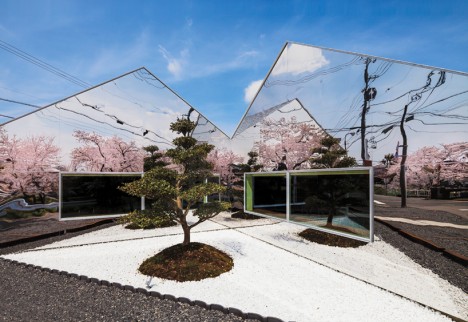
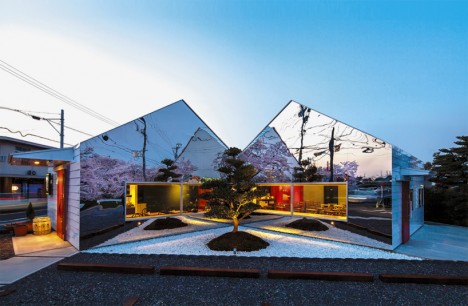

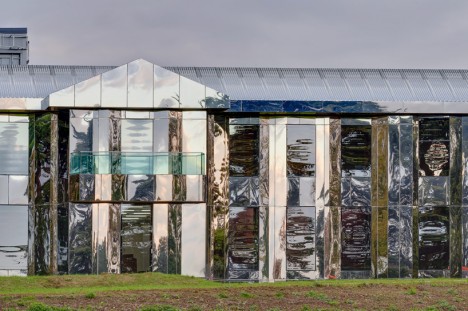
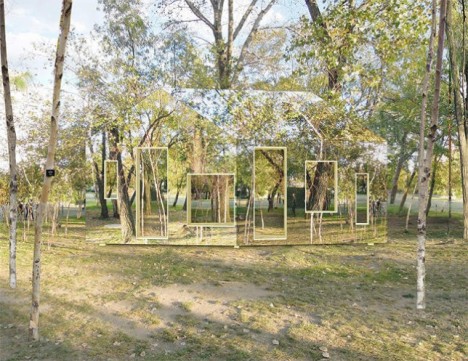
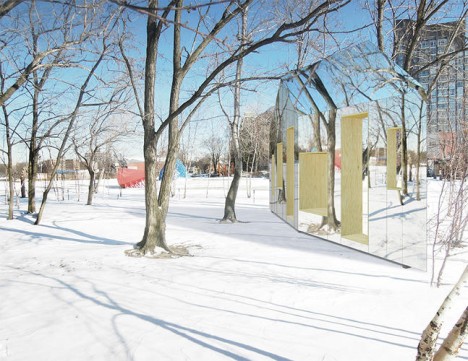
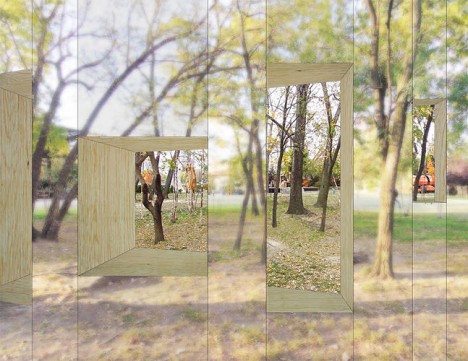
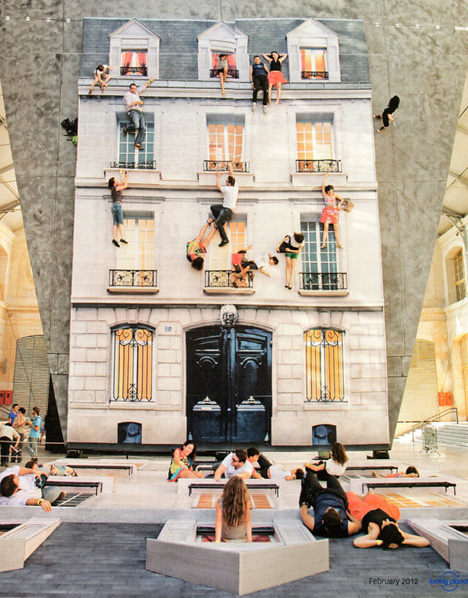
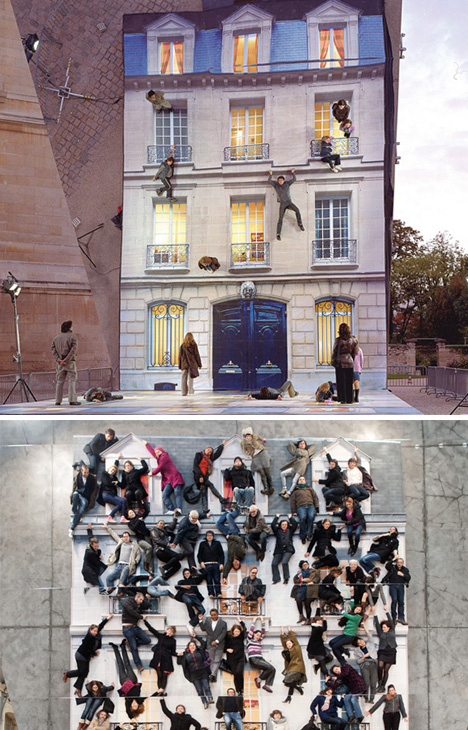
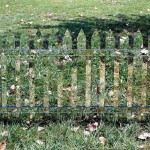
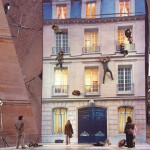
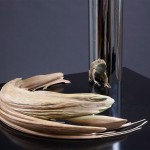




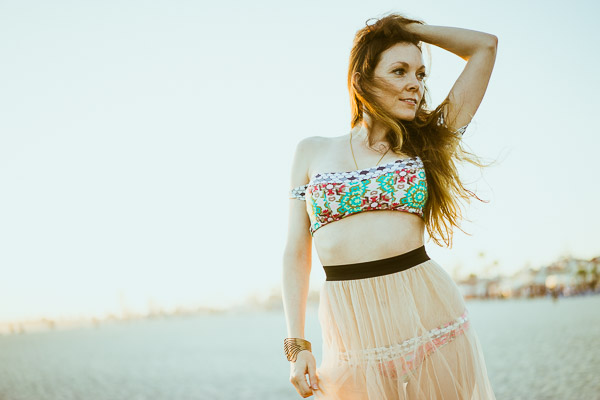
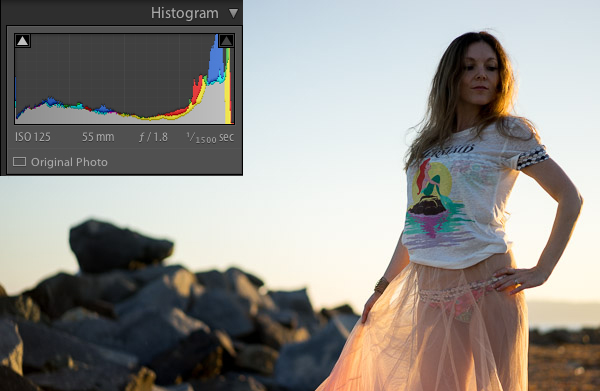
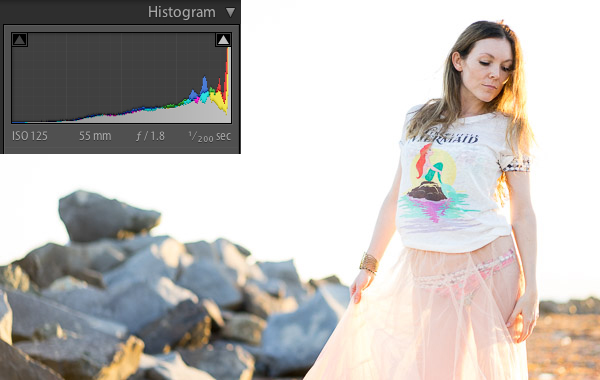
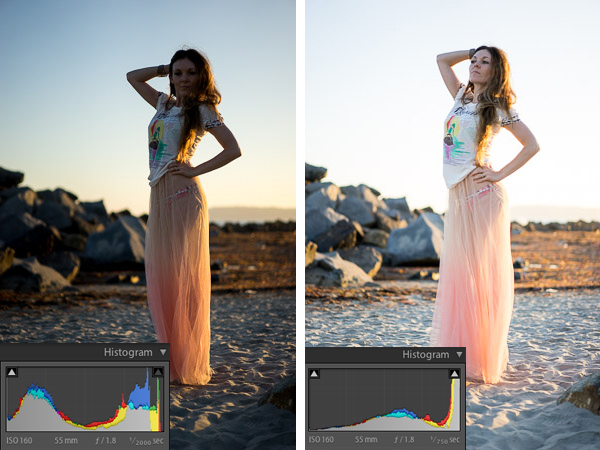

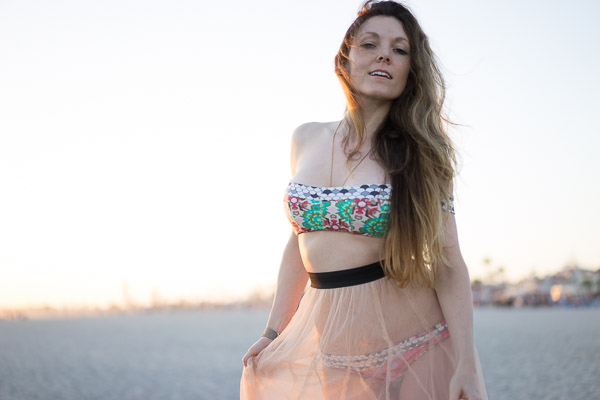
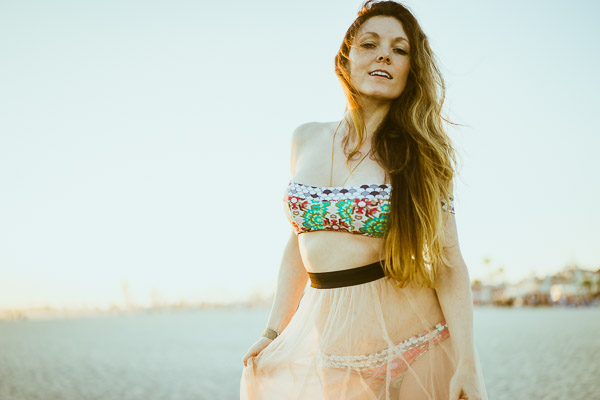
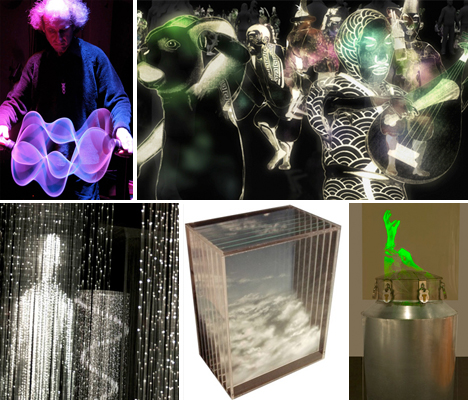
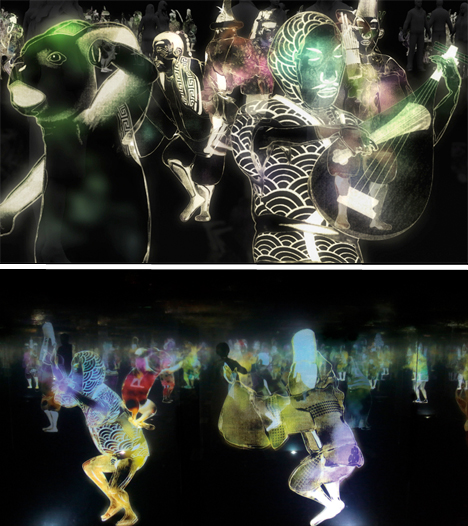
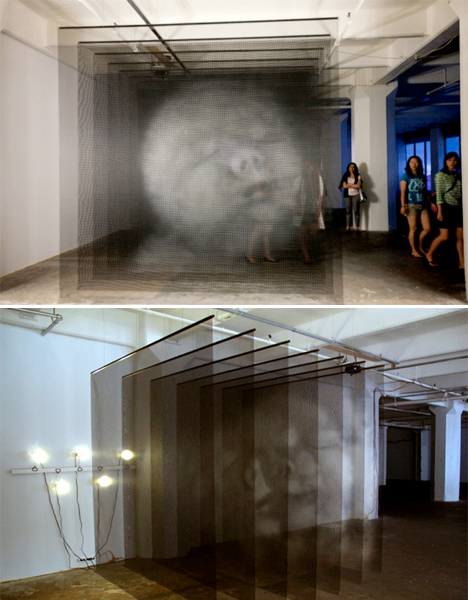
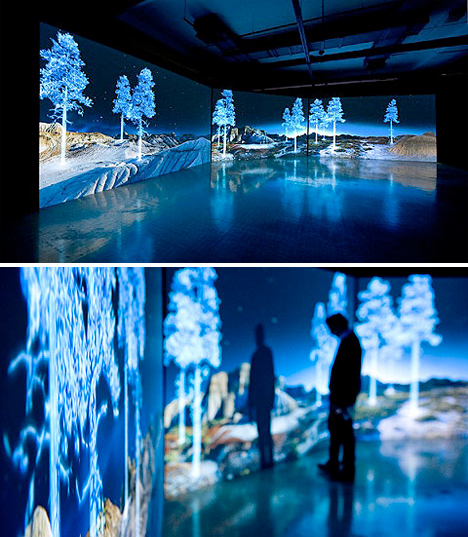
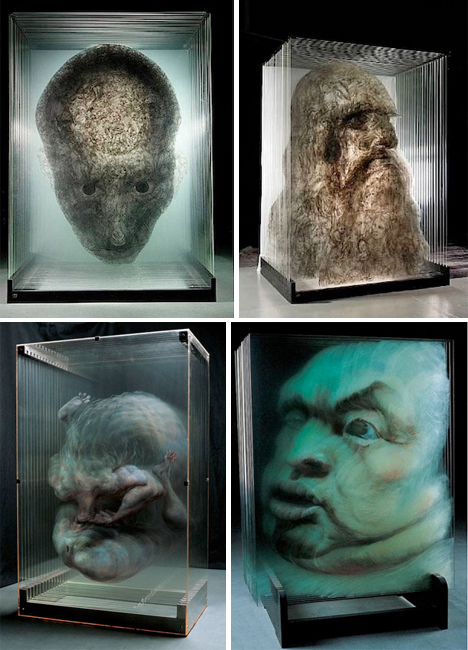
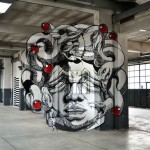
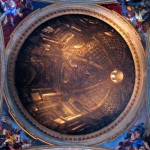
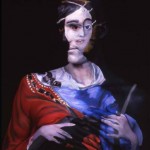

You must be logged in to post a comment.